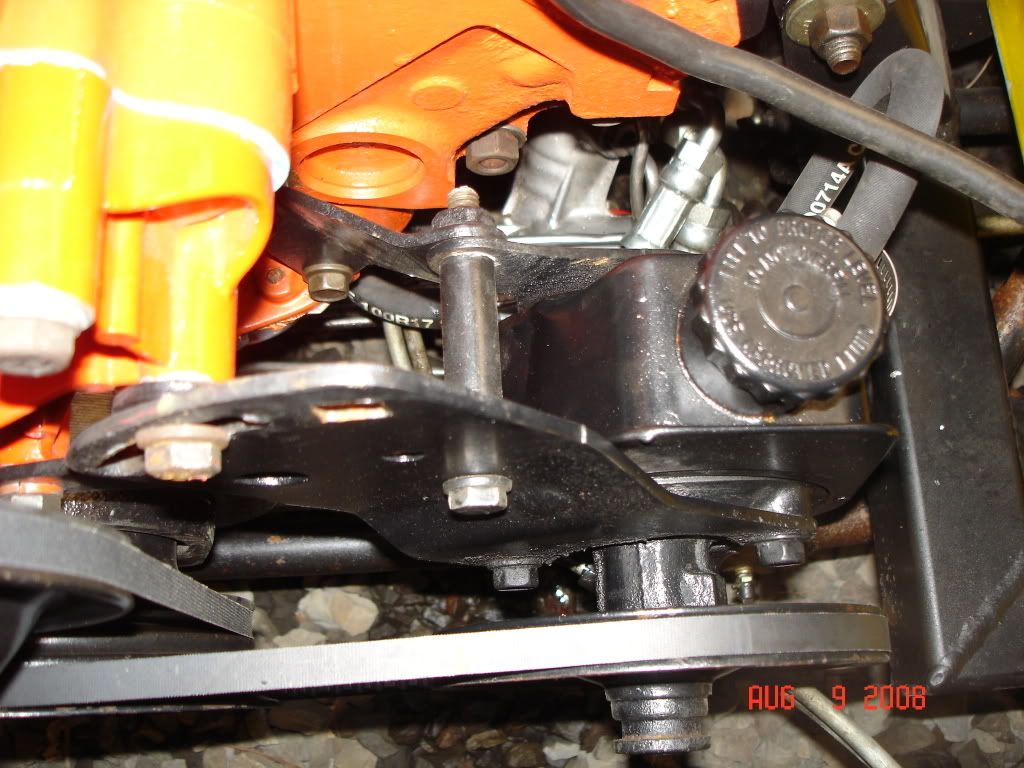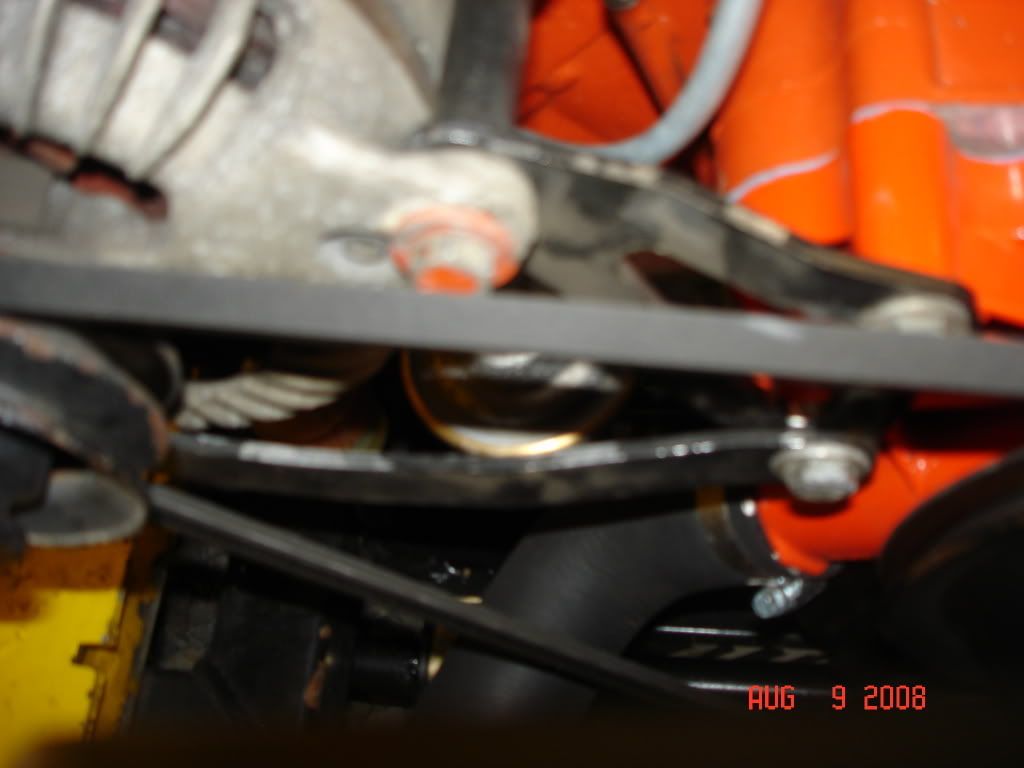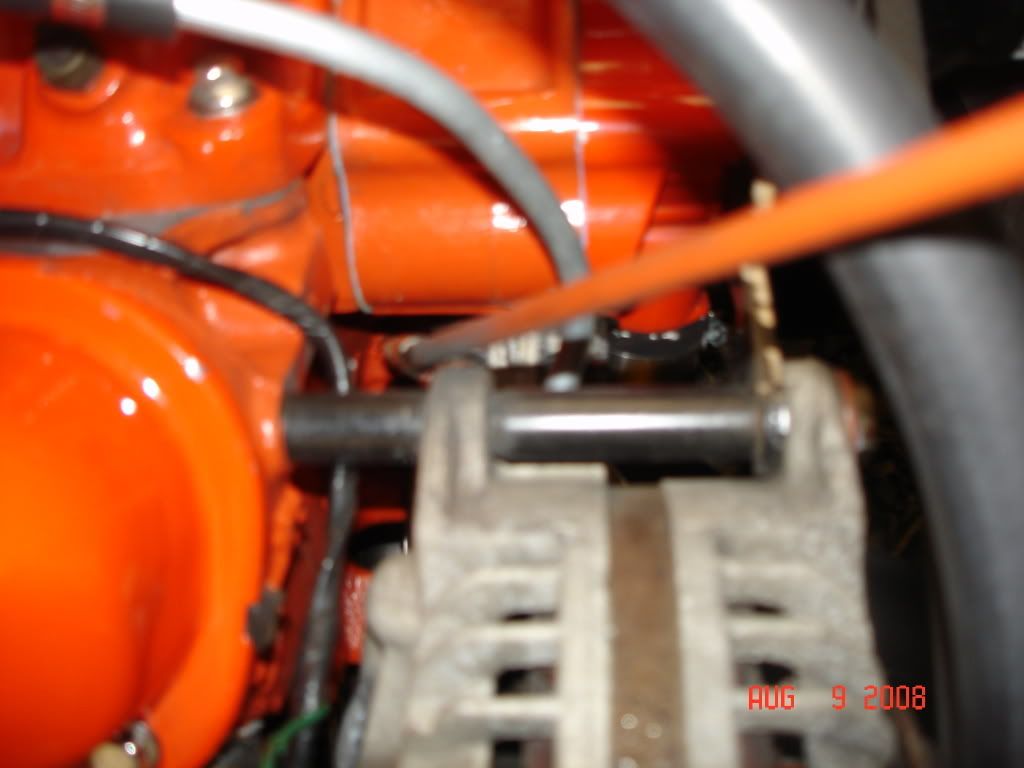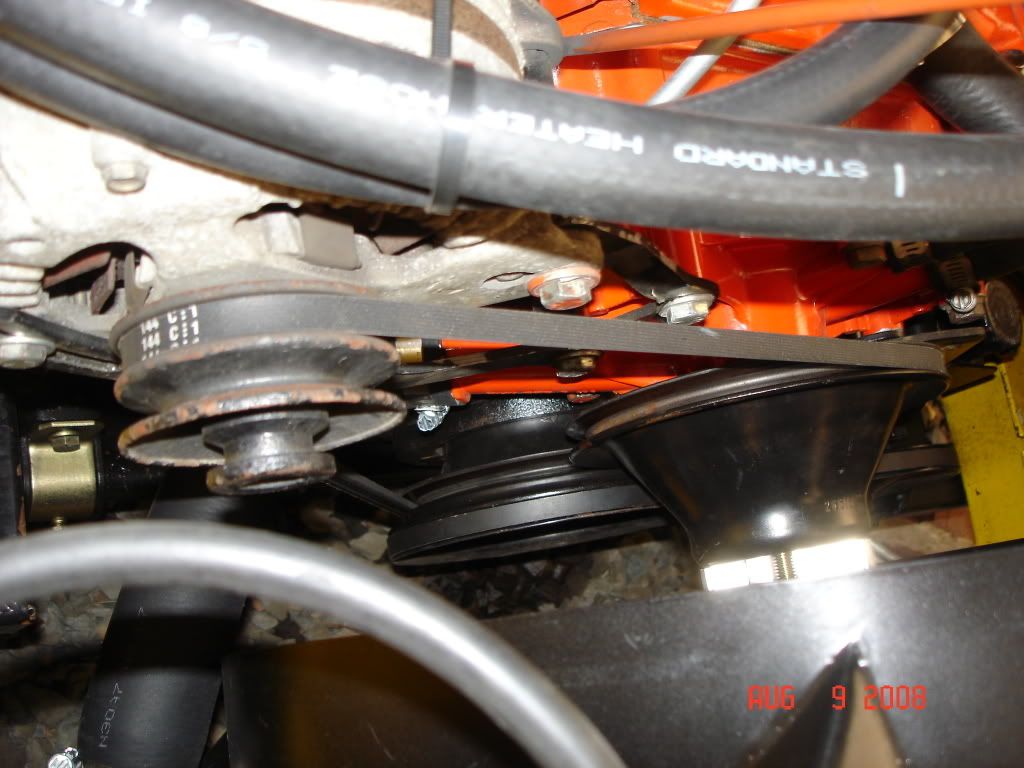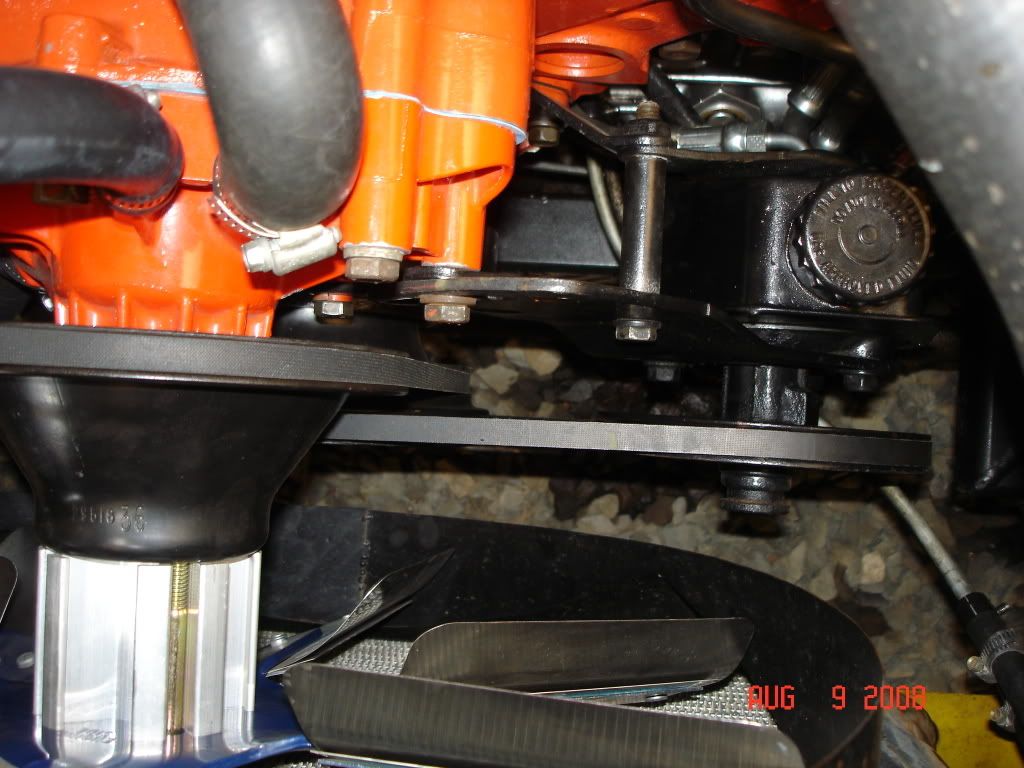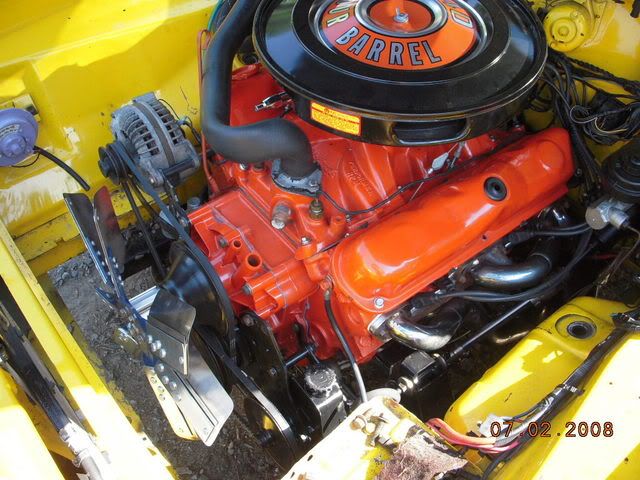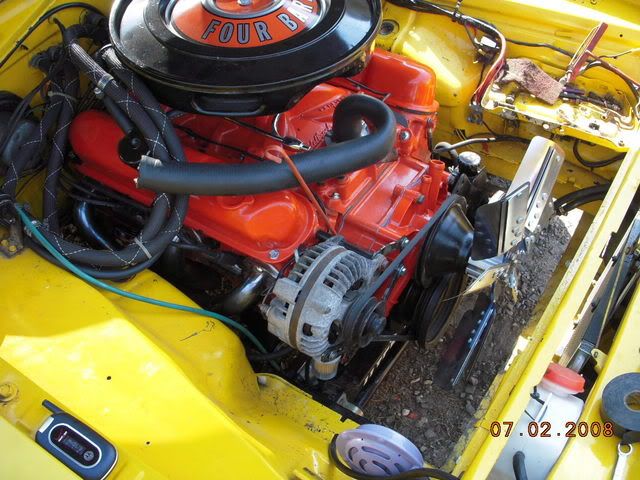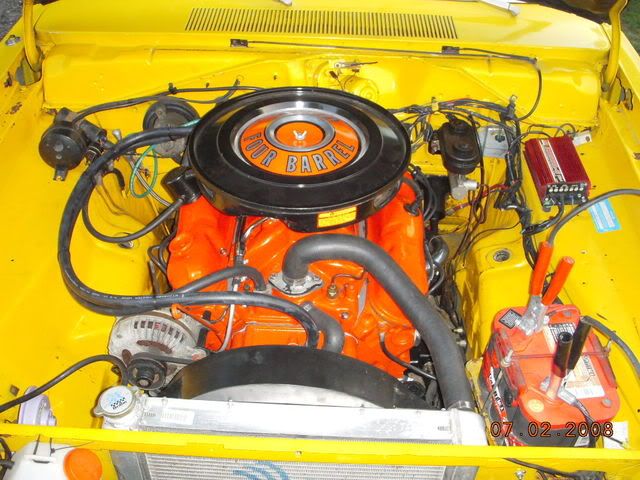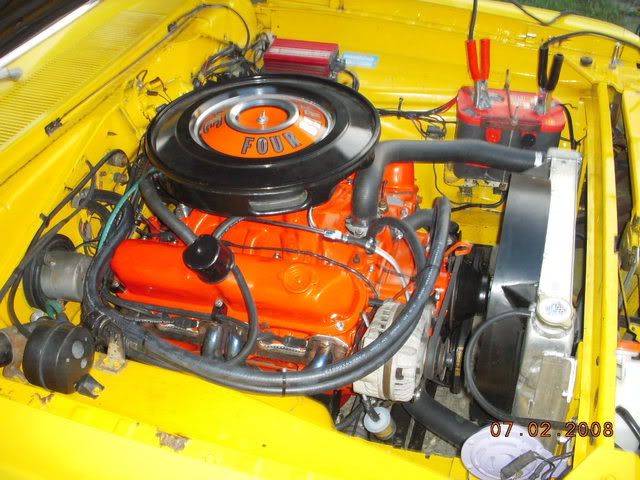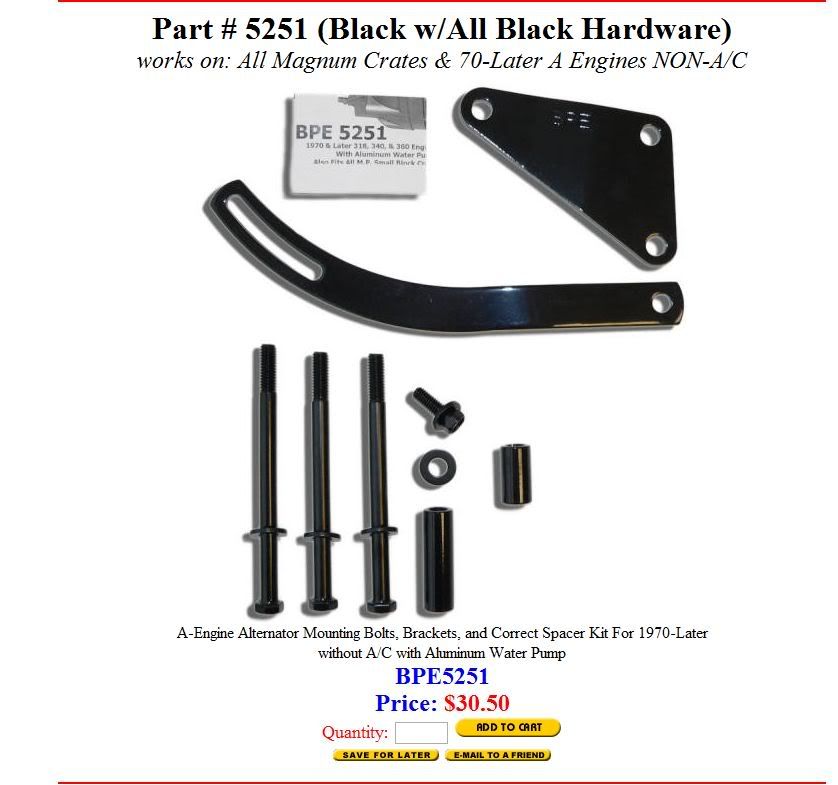Just in case you haven't figured out what to do with these intake holes:
View attachment Intake plumbing.jpg
#1. Is for the heater hose nipple. If I remember correctly a 3/8 pipe thread, be sure to match the nipple to the heater hose outlet, either 1/2" or 5/8" so you don't have to use an adapter. Mancini also carries nipples for these.
#2. Is for the temp sensor, but looks a little big and may need a reducer bushing. This looks like a 3/8 pipe thread, but the temp sensor is a 1/4 pipe thread. You will need a reducer bushing to go from 3/8 pipe thread to 1/4 pipe thread.
#3. I would plug it.
#4. I would plug it.
#5. I would run the bushing for a manual temperature gage or if not plug it.
Also pay attention to the big hole in the front of the intake. There were 2 different sizes of bypass hose used there. Match the one with the water pump that you are going to use. They used one size in the 60's for the cast iron water pump, and changed them when they went to the aluminum water pump in I believe it was 1970.
Let me give you some insight on pipe threads. There are two types of pipe thread, straight pipe thread, and tapered pipe thread.
If you need to tap a hole for pipe thread, you should use STRAIGHT pipe thread. This way the hole is consistent all the way through. If you use a TAPERED (wedge shaped) pipe thread, you have to be VERY CAREFUL not to tap it too deep, or your hole may get opened up too big and your part may want to go deeper than the tapped hole. If you have to tap a hole with a tapered pipe tap, go down some, then test the part that you will put in it. If it is too tight, then tap a couple more threads deep and try it again. Keep going one or two threads until you get it right. If you go too deep, you will have too big of a hole and will be difficult to fix.
The Chrysler standard is to use a STRAIGHT pipe thread for the female (hole) thread and use a TAPERED pipe thread for the male (plug/wedge). This way, the male thread will "wedge" into the straight pipe thread hole and seal better like a cork. The threads are compatible enough for this to work.
Most hareware stores only stock tapered pipe taps. You should try a Production Tool Supply store, Grainger store, or last resort a tool truck to find a straight pipe thread tap.
And for whoever posted the picture originally, I hope I did not violate any copyright by using your picture (ha,ha). It was a good picture with all of the holes referenced.
I hope this helps some of you out.





